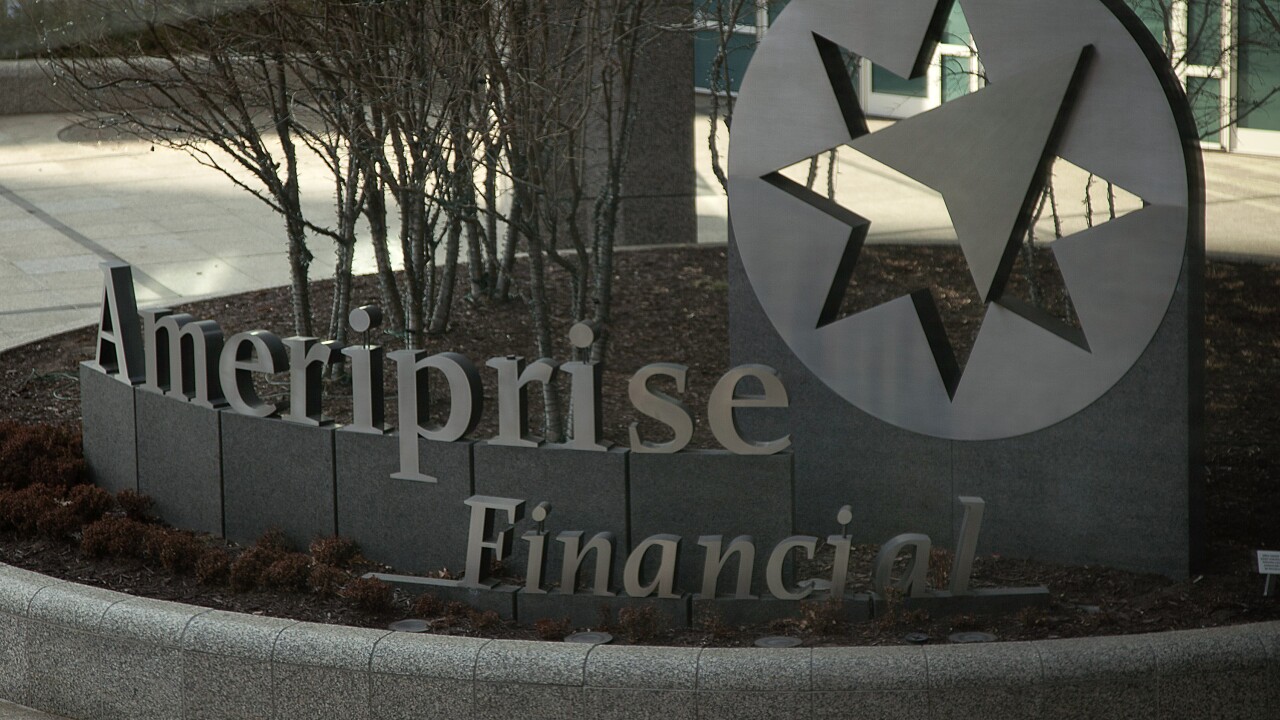Following significant outflows and political scrutiny, which raised uncertainty about the future of ESG, gender-lens investing funds improved in the first quarter of 2024.
Gender-lens investing funds, ETFs made up of companies committed to advancing gender equality within their workforces, products and services, saw 9.5% growth in assets under management compared to the previous quarter. Publicly traded gender-lens investing funds had $4.6 billion in assets under management as of March 31.
The strategy behind gender-lens investing funds emerged from studies that found that placing women in positions of corporate leadership can be financially and operationally beneficial for companies.
"There's some research that when there are women on boards, issues of ESG come up more often, and that's certainly true for environmental and sustainability. So it ends up as just being a smart investment strategy to include women," said Kristin Hull, founder and chief investment officer of Nia Impact Capital, a women-led asset management firm based in Oakland, California.
READ MORE:
In a study by Parallelle Finance, a firm that focuses on gender-lens investing research, analysis, and advocacy, gender-lens investing funds are defined by the percentage of women in leadership at a given company, pay equity transparency, and policies promoting the retention and promotion of women in leadership.
"The research that we follow sort of supports that, that you want those differences of views, differences of opinions, different approaches to risk management and other activities as part of that leadership team," said Angela Atherton, principal of operations and strategy for Parallelle Finance.
Of the 42 gender-lens investing funds currently available to investors, over half underperformed broader market indexes in the first quarter of 2024. Six indexes outperformed market indexes and seven matched market index performance.
"The asset class calls for an expanded investment universe, and we believe that continued growth in corporate equality metrics will provide opportunities for these funds to demonstrate outperformance," the report said.
Hull identified student protests across the nation in response to the Israel-Hamas war as a helpful movement in increasing the growth of gender-lens investing.
"And these are so related to gender-lens because what these movements are doing is calling for all of us to just ask, 'what is in my portfolio? Do I have any fossil fuels? Do I have any of these other things?'" she said. "And so then we can start asking, 'do I have a woman manager? Do I?' And so, I'm grateful to anyone who's looking to ask the question, what am I invested in?"
Atherton noted that young people are also driving the demand for impact investing strategies.
"I think, generally, I'd say we're seeing more and more investors, particularly younger investors, women investors, who, if you tell them that there's an opportunity to invest their funds in a way that aligns with their values, they're interested," she said.
Growing interest in gender-lens investing funds reflects broader trends of growing demand for ESG funds, which held $900 million in assets under management in the first quarter.
The growth may be part of a comeback for ESG funds, which suffered outflows following criticism from Republican politicians like Florida Gov. Ron DeSantis who called ESG an attempt to "inject woke ideology into the global marketplace." And states like Texas have or are considering laws that ban working with banks and asset managers they consider weighing ESG too heavily or as banning investments in companies that manufacture guns or that drill and refine oil.
From 2021 to 2023, global assets under management for ESG funds fell by 930%, with the asset class facing its first net outflows of $13 billion in 2023.
READ MORE:
Marketing agency AKQA, UN Women Nederlander, and investment research platform Thematic introduced the Pink Chip Equity Index, a nonprofit initiative measuring female leadership in companies similar to the way Blue Chip and Green Chip indexes track sustainability and reputation, respectively, was introduced in early May. Tracking public companies in the U.S. with market capitalizations exceeding $2 billion, the index includes 44 companies.
Like gender-lens equity funds, gender bonds, totaling $18.5 billion in assets under management, also grew. Quarterly growth in assets under management for these funds was 4.1%. Gender bonds and sustainability bonds performed the best during the first quarter. Six gender bonds matured during this time.
Emerging markets made up the biggest share of gender bonds, mostly from the World Bank.
"We see women-owned enterprises of all sizes as an opportunity for investors across developed and developing economies alike," the report said.
While the report focused on gender-lens, many of the funds' strategies are driven by other ESG-informed lenses, like sustainability and DEI, or diversity, equity and inclusion.
"If we get the gender-lens baked in early, and women do seem to really pay attention, they're less likely to want to throw something in a river or an ocean," Hull said. "There seems to be some differences about women understanding the circular economy in a better way, such that you're not willing to take shortcuts when it comes to the environment as much as men."
DEI funds, which invest based on companies' diversity metrics, also improved. These funds totaled $2 billion in assets under management and showed 7.1% growth from the previous quarter.
"If you're interested in ESG, we don't see any reason why you wouldn't, if you could, want to include equality right as part of the screens or the investment qualifications as you're looking to build that portfolio," Atherton said.






